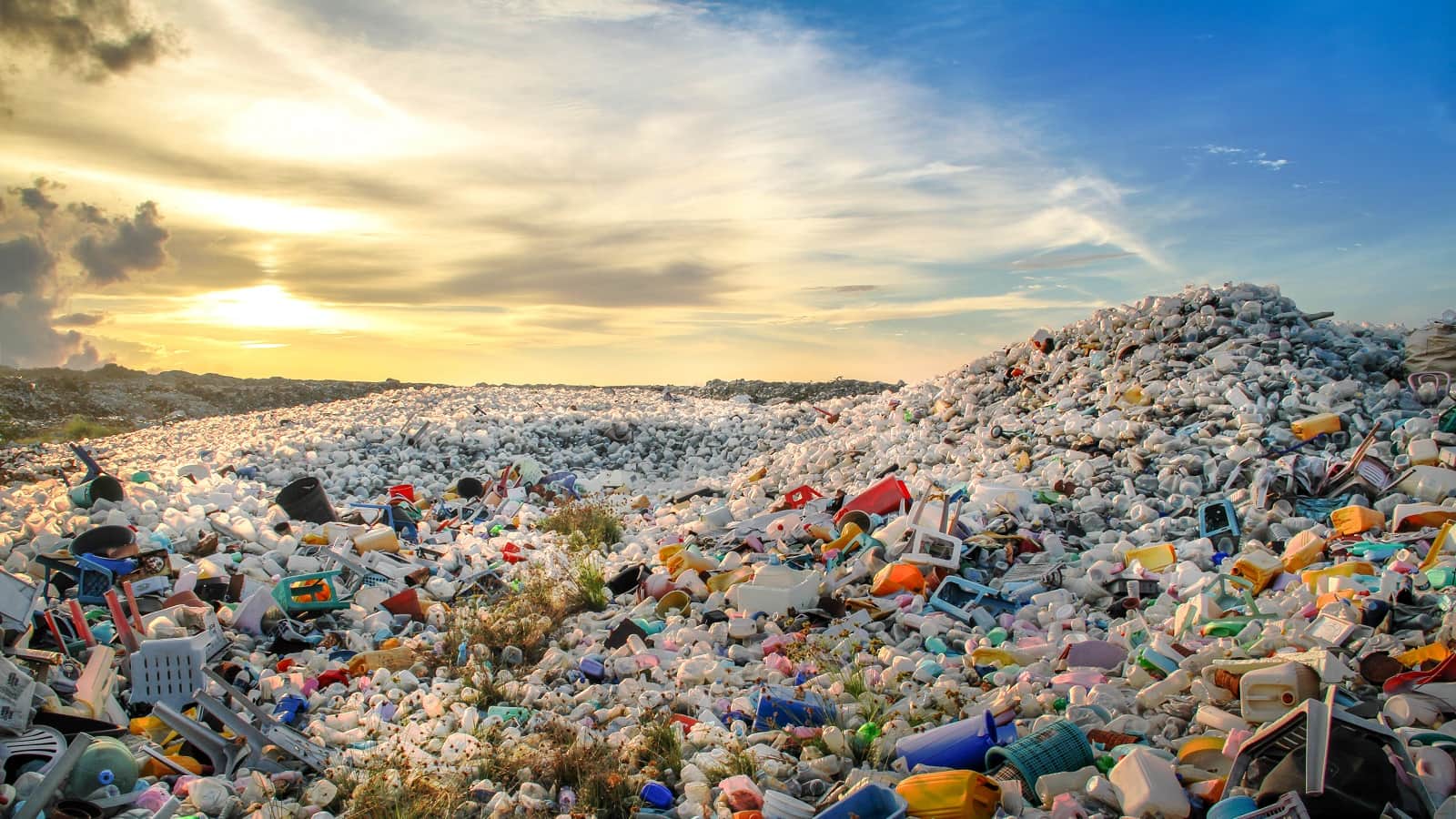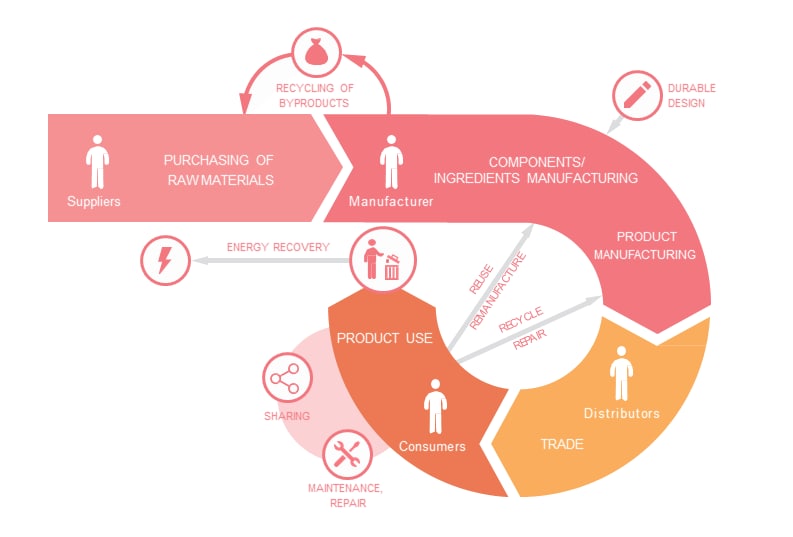Have you ever wondered what the world would be like without waste?
Did you know that according to estimates, only 1 percent of materials used in manufacturing processes remain “in use” six months after the product is sold? So what happens to the remaining 99 percent? And did you know that almost half of the world’s top 100 companies have already adopted a concept that aims to ensure that the materials used by them remain constantly in use? The concept in question is the circular economy, which in response to new, sustainability-seeking consumers, the increasingly critical decline in stocks of raw materials, and the major new technological breakthroughs brought by the fourth industrial revolution, have filtered through from academic research projects into the strategies of large corporations in recent years. It’s no wonder that numerous governments, from China to Europe, are making efforts to assist the transition to a circular economy, both through subsidies and through legislation.

The circular economy is a system in which there is no waste, and where the products of today are also the raw materials of tomorrow.

It is referred to as circular, because unlike today’s – usually linear – system, where we manufacture products, use them and discard them, in a circular economy the products don’t end up in the garbage, but are fed back – in their existing or processed form – into the manufacturing process. You may immediately think of recycling, selective waste collection and numerous other examples from recent years. These tools were certainly milestones in the development of our attitude towards waste, but – due to the degradation of materials over time, and the limited opportunities for use – they do not, in themselves, represent a complete solution. What is needed is long-term thinking, to ensure that we already know, during the process of product design, what will become of the product after the user discards it.
The circular economy, therefore, is more than just recycling. It is an economic model that spans supply chains and sectors, and redefines the process of product design, manufacturing and consumption, thus opening up new, unexploited (secondary) markets for companies.
We are not setting out to decide whether the circular economy is a passing fad, a utopian ideal or a new economic paradigm, but we do see that the idea of the circular economy, waste reduction and the more efficient use of resources, as a trend, is gaining more and more traction globally. Whatever the future brings, the companies presented in this publication demonstrate that the circular models, in addition to being sustainable, can also boost companies’ efficiency, reduce costs, and stimulate R&D and innovation, giving the pioneers a competitive advantage. Will you be among them?

The global megatrends – such as the shortage of resources, technical breakthroughs and the coming of age of new generations – are creating an environment in which it is considered wasteful for products to end up in landfills. Companies that recognise the unexploited potential in extending the lifecycles of products and materials will be able to enter new markets, save costs, and increase the trust placed in them by their consumers.






